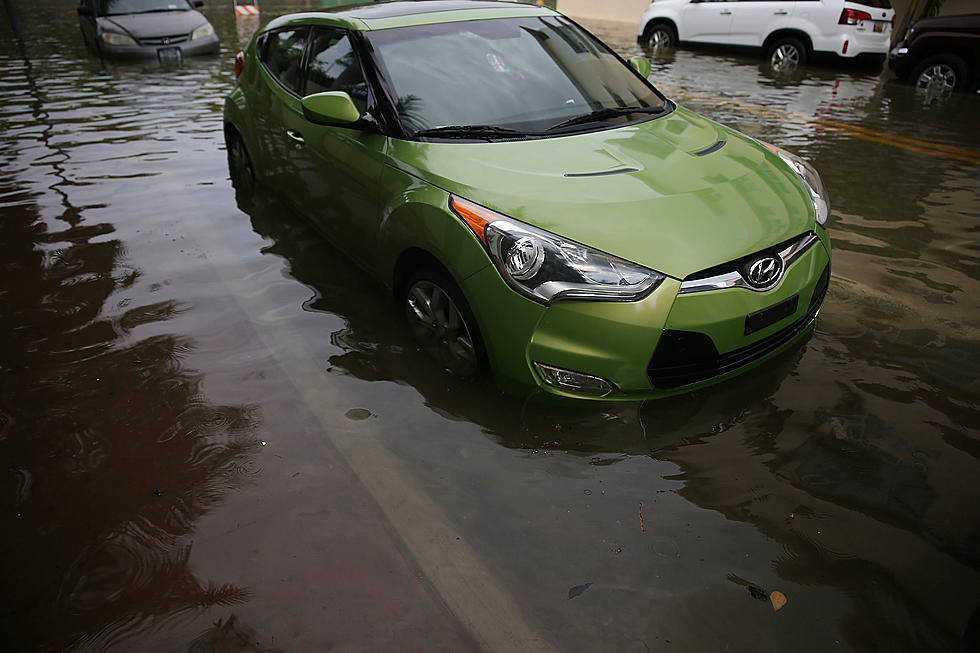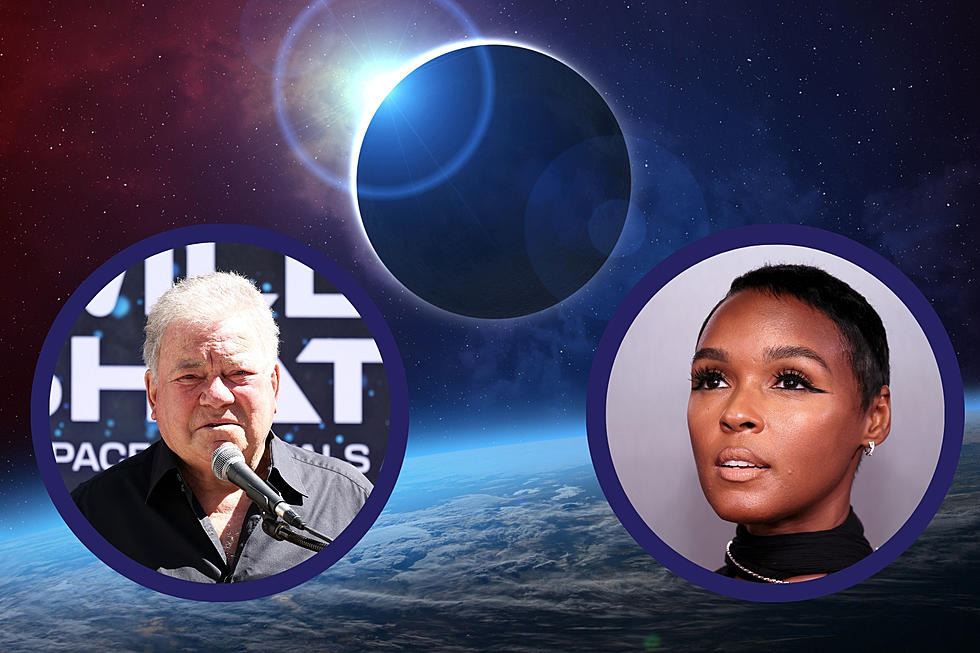
NASA Predicts Mass Flooding in Next Decade Citing ‘Moon Wobble’ as Cause
Have you ever heard of the "moon wobble"? No, it's not some new dance craze on TikTok. It's actually caused by the way the moon rotates on its axis and it could have a big impact in the next decade.
It turns out, according to the folks at NASA, that the moon has a bit of a wobble to its rotation on its axis - think of it like the moon is revolving around a center point but that point isn't exactly centered, causing it to have a little lean or wobble. It takes 18.6 years for the moon to make a full rotation on its wonky axis.

If you paid attention in your seventh-grade earth science class, you know that the moon has a very strong influence on the ocean's tides and by itself, that wobble I mentioned earlier doesn't have too much of a drastic impact, although it does create high-tide flooding in coastal cities across the country. According to NOAA (National Oceanic and Atmospheric Administration), in 2019 there were reportedly more than 600 of these types of flood situations. NASA says,
In half of the Moon’s 18.6-year cycle, Earth’s regular daily tides are suppressed: High tides are lower than normal, and low tides are higher than normal. In the other half of the cycle, tides are amplified: High tides get higher, and low tides get lower. Global sea level rise pushes high tides in only one direction – higher. So half of the 18.6-year lunar cycle counteracts the effect of sea level rise on high tides, and the other half increases the effect.
So let's go back to that wobble for a minute. First discovered in 1728, it isn't new - and according to NASA, it isn't dangerous either. What could be dangerous, though is the combination of the increased level of gravitational pull from the moon with the projected rise in sea level due to global warming.
Scientists say that we are currently in the phase of that 18.6 year cycle that causes an increase in tide levels yet the tides are not reaching flood levels - for now. But they say the next go-around of the wobbly rotation will be a different story because of that increase in sea level. They predict that by the mid-2030s, the higher sea level in combination with the wobbly moon's gravitational pull will "cause a leap in flood numbers on almost all U.S. mainland coastlines, Hawaii, and Guam."
Different from the flooding associated with a storm surge, the type of flooding that scientists are talking about here is more of an all-at-once situation, meaning that coastal cities all across the country will be affected at the same time. They also say that it could happen repeatedly over many days citing a strain on local economies as a concern. If businesses are faced with flooding ten or fifteen times over the course of a month the economic impacts of having to close over and over again could be great. And then there are the concerns for infrastructure and things like sewers and waste backing up because of the flooding creating public health and safety issues.
So what does this all mean for you & me? Right now very little aside from doing our parts individually to reduce our carbon footprints in hopes of slowing global warming. If the predictions come true, and the United States experiences that kind of repeated flooding along the coastlines, will there be an impact on national commerce similar to what we saw during the pandemic? I don't know but after surviving the year 2020, I'd say anything is possible.
[Source: NASA]
LOOK: The most expensive weather and climate disasters in recent decades
TIPS: Here's how you can prepare for power outages
READ ON: Weird, wild UFO sightings from throughout history
More From WKDQ-FM









